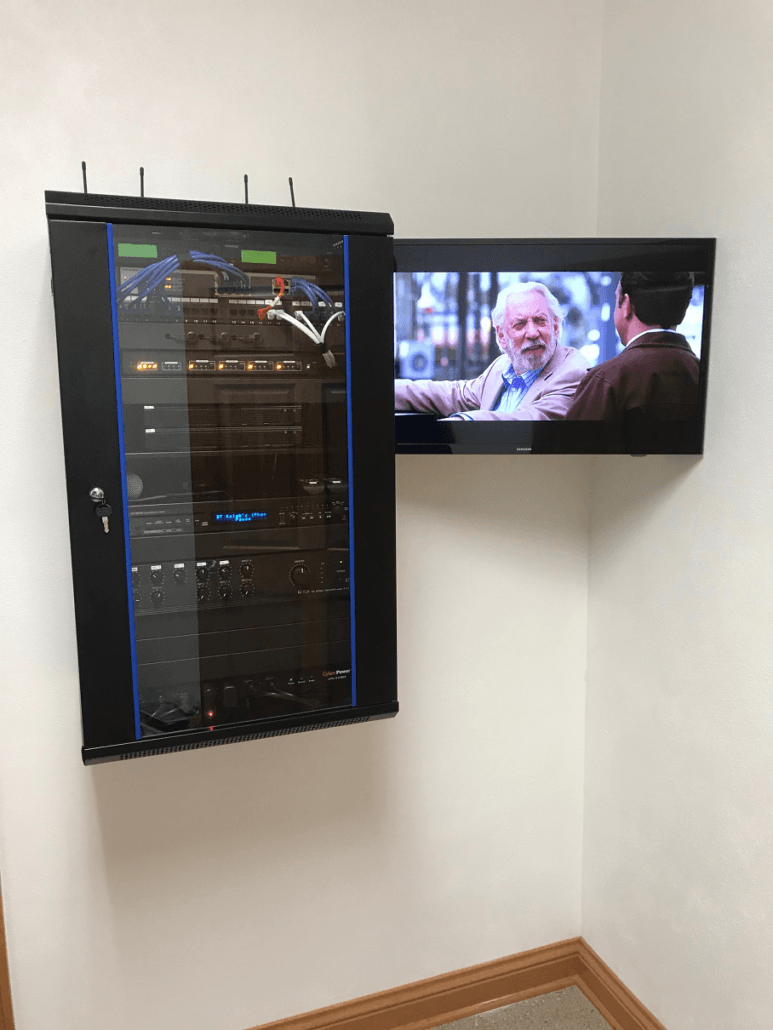Key Approaches for Optimizing Cabling and Interconnectivity in AV Setups
While setting up AV systems, the importance of cabling and signal transmission is vital. Proper wiring does more than just supports that sound and video quality are maintained but also guarantees the reliability of the entire system. In any AV setup, whether for a school, corporate space, or residential cinema, optimizing the wiring can lead to enhanced performance and fewer technical issues. This article will explore essential strategies for enhancing cable management and interfacing in AV systems.
The first step in improving media setups is to select the correct cables for the task. Various types of cables fulfill unique purposes, so choosing appropriate ones is crucial. For example, HDMI cables are widely used for carrying high-definition image and acoustic signals. In comparison, balanced audio cables like XLR can reduce signal noise in sound systems. It is critical to evaluate the length and quality of these cables, as longer cables can cause signal loss. By utilizing professional-grade cables that suit the specific needs of the AV design, users can greatly enhance system-wide performance.

Another essential strategy is organizing the wiring effectively. A systematic wiring system not only appears cleaner but also enhances functionality. Using cable management accessories like clips, ties, or sleeves can aid maintain wires orderly and prevent tangling. This layout also makes it simpler to troubleshoot any issues that may occur. Labeling each cable according to its purpose or source can reduce time during repairs or maintenance. A well-labeled layout helps technicians quickly track connections, which is especially beneficial in large-scale systems with numerous devices.
Additionally, assessing the configuration of the space is vital for enhancing AV performance. The positioning of components can influence how signals flow through cables. Positioning devices too far apart find this may necessitate longer cables or signal boosters, which can be resource-intensive and affect quality. It is advantageous to plan the layout of equipment strategically, taking into account the proximity between devices and potential obstacles such as walls or furniture. This strategic placement can reduce issues related to signal loss and improve connectivity throughout the AV system.
Regular performance audits are another key strategy for maintaining reliable functionality of AV infrastructure and signal pathways. Over time, cables may become frayed due to handling or aging. Periodically inspecting all connections helps identify potential problems before they worsen into major issues. Swapping out worn-out cables and maintaining connectors can preserve signal quality and ensure the system runs smoothly. Keeping a checklist for regular maintenance can help users oversee this aspect of their AV systems.
Finally, staying informed about modern innovations and protocols is essential for anyone working with AV solutions. The industry is rapidly evolving with click to read advancements in technology that can enhance integration and functionality. Attending seminars, reviewing industry publications, or networking through professional associations can offer beneficial information into best practices and new products in the industry. By adopting these technologies and applying them to legacy systems, users can enhance their AV solutions continuously while ensuring they remain current with industry trends.
In summary, optimizing wiring and signal management in AV solutions entails strategic selection of cables, intentional organization, thoughtful space layout planning, regular maintenance checks, and staying updated on emerging technologies. By applying these methods, users can attain improved results and stability in their AV setups, ultimately providing a more satisfying experience for everyone participating.